This little blog post is to help create a practical first aid kit for your kids that addresses 5 common injuries and illnesses. We’ll give you a checklist of what to pack as well as some general first aid tips.
You know your kids best, so adapt our suggestions to your own personal situation. Let’s get started.
NOSEBLEED
Nosebleeds are a pretty standard injury among active kids. Falling off a bike, diving for a soccer ball, tackling an older brother, or even sneezing too hard can all cause a nosebleed. Treatment is usually pretty simple but if the bleeding is severe or lasts more than 30 minutes you should get some medical attention.
Quick Treatment
- Have your little man or little lady sit upright and then lean slightly forward (not backwards — because you want the blood to drain out the nose and not get into their airway).
- Ask them to breathe through their mouth and pinch the soft part of their nose.
- Discourage them from talking or swallowing.
- Use a BodyICE kids pack on the back of the neck, cheeks and nose. The cold pack helps to reduce blood flow and our BodyICE packs are shaped like friendly animals, so they also help calm your child.
First Aid Kit Essentials
Cleansing wipes, tissues, BodyICE kids pack.
FEVER
Even though fevers are very common in kids and often go away without treatment, they should be taken seriously. Fevers are caused by infection and illness in the body so they can be an indicator of something serious. Body temperatures over 38.5°C (38°C for babies) are considered fever and children with a fever over 40°C should see a doctor.
Quick Treatment
- Regularly monitor your child’s body temperature using a thermometer.
- Make your little one comfortable, ideally in bed lying down.
- Keep them hydrated by giving frequent small drinks.
- Sponge with warmed water. DON’T use cold water or ice.
- Watch for any signs that the illness is getting worse.
First Aid Kit Essentials
- Thermometer. Drinking water.
- Cuts and Scrapes
- Our fearless little kids run and fall everyday. Whether they’re learning to ride a bike, not paying attention and trip over, or playing contacts sports; cuts, grazes and lacerations can happen to any part of their growing bodies.
Quick Treatment (Simple wounds)
- Before touching a wound, wash your hands with soap or use anti-septic hand gel. Or use disposable gloves.
- To stop bleeding, cover the wound with a clean dressing or towel and applying pressure directly to the wound.
- Elevate the limb until the bleeding stops.
- Clean the wound using running water and antiseptic wipes.
- Dry the wound with another dressing.
- Cover the wound with a dressing (bandaids are fine for smaller injuries).
First Aid Kit Essentials
Bandaids. Antiseptic hand gel. Antiseptic wipes. Dressings.
BURNS AND SCALDS
Burns and scalds can be terribly frightening, and even small burns can have long-term consequences. Make sure you see a doctor if the burn is more than 3cm and has blisters, or is on the face, hands, genitals, throat, airway.
Quick Treatment
- All burns and scalds are treated by holding the injury under cool running water for up to 20 minutes. The Royal Children’s Hospital in Melbourne advise this treatment is useful even three hours after the injury.
- If there is no tap water handy, you can improvise with bottled drinking water or distilled water from the first aid kit.
- Remove clothing and jewellery that is not stuck to the skin.
- Cover the burn with a loose, non-stick dressing until your child is able to see a doctor.
First Aid Kit Essentials
Non-stick dressings. Distilled water.
Strains and Sprains
As much as we help our kids develop safe exercise habits when playing sports, strains and sprains are still common.
Quick Treatment
- Follow the R-I-C-E treatment pattern.
- Rest: get your child as comfortable as possible, have them lie down, and elevate the injury.
- Ice: apply a BodyICE kids pack on the injury to ease the pain. Prepare your BodyICE reusable gel pack in the freezer.
- Compression: wrap the injured area in a compression bandage. This will help reduce the bruising and swelling.
- Elevate: keep the injury elevated and repeat the BodyICE treatment 4-8 times per day. Return your BodyICE packs to the freezer in between treatments.
First Aid Kit Essentials
BodyICE Kids pack. Bandages. Safety pins and clips.
KID’S FIRST AID KIT CHECKLIST
This is a simple list to help you get you started, and based on the common injuries mentioned in our blog. Always adapt the contents of your kid’s first aid kit to the specific needs of your own children.
- Bandaids.
- Antiseptic hand gel.
- Antiseptic wipes.
- Non-stick dressings.
- Thermometer.
- Drinking water.
- Cleansing wipes.
- Tissues.
- Bandages.
- Safety Pins or clips.
- BodyICE Kids packs.
- Tweezers.
- Distilled water.
- Paracetamol or Ibuprofen.
- Disposable gloves.
BODYICE GEL PACKS FOR KIDS
Remember our BodyICE kids packs come in 5 cool animal spirits: monkey, seal, tiger, penguin, and koala. When kids get hurt they get scared, and having a treatment pack shaped like an animal friend is all part of the calming and recovery process.
Our BodyICE kids range is perfect for children from 18 months up to 8 years and are filled with non-toxic gel beads. They are so easy to use; cool in the freezer or warm in the microwave and you’re ready to go.
Visit BodyICE Kids today. You can buy the packs individually, or save with our discounted family pack. Safe and secure buying, free shipping Australia-wide on orders over $100, proven calming relief. BodyICE.




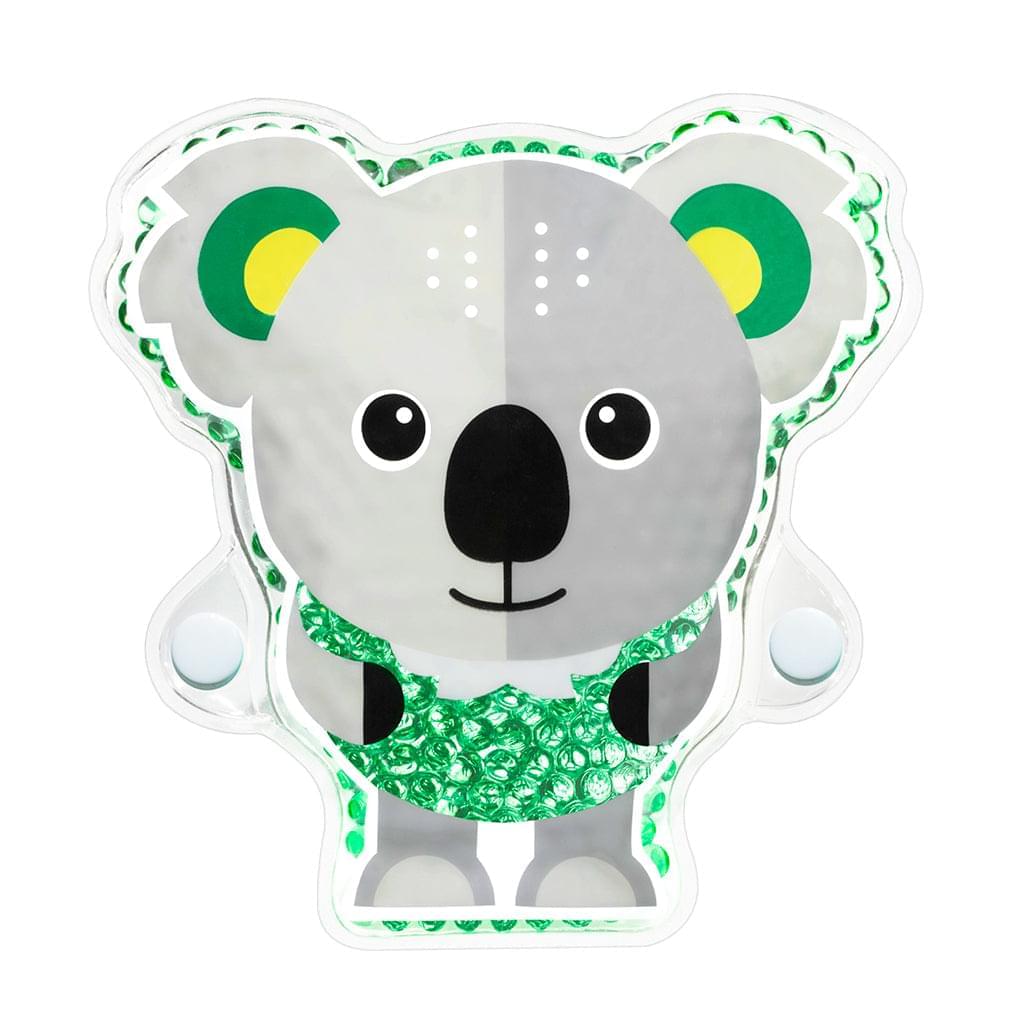


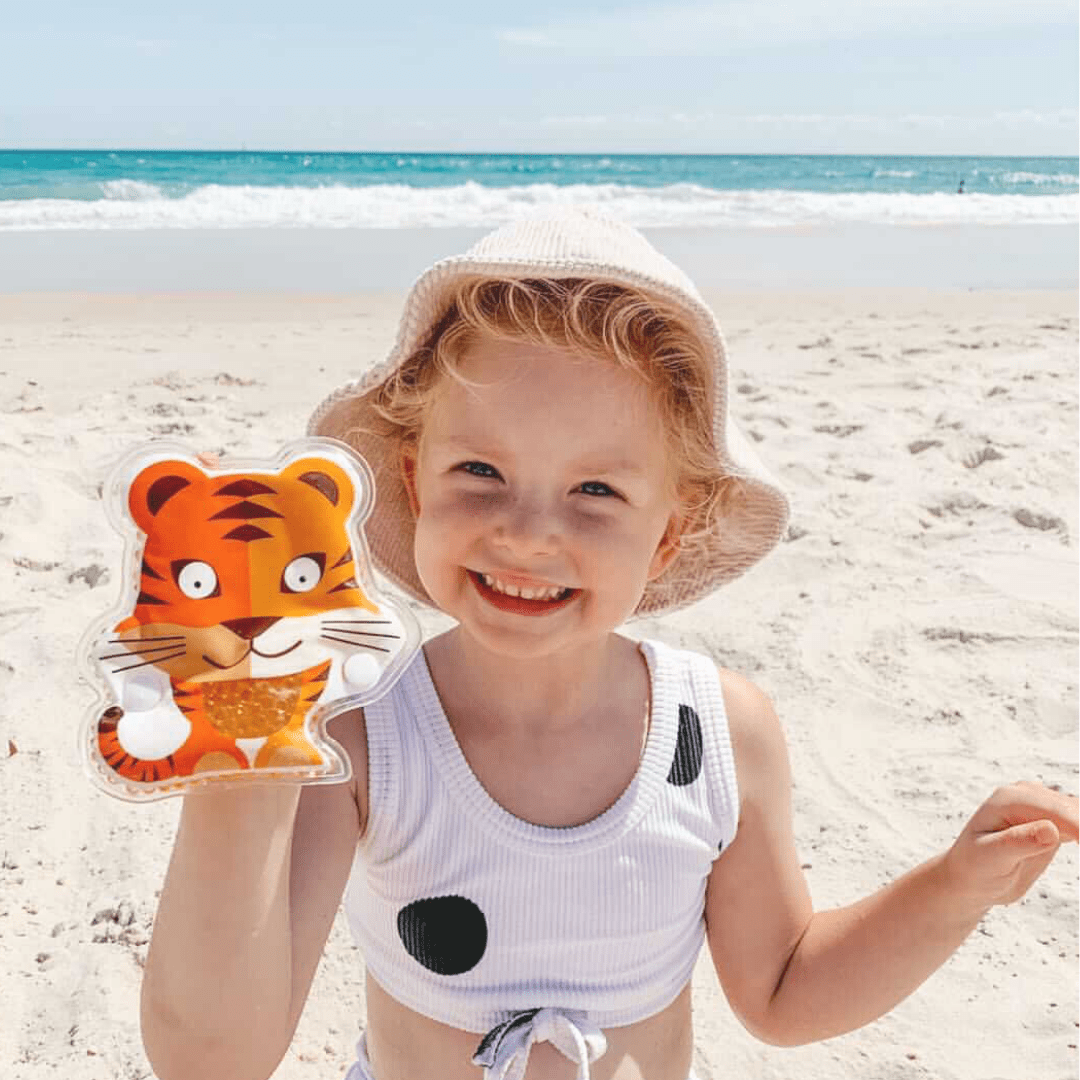



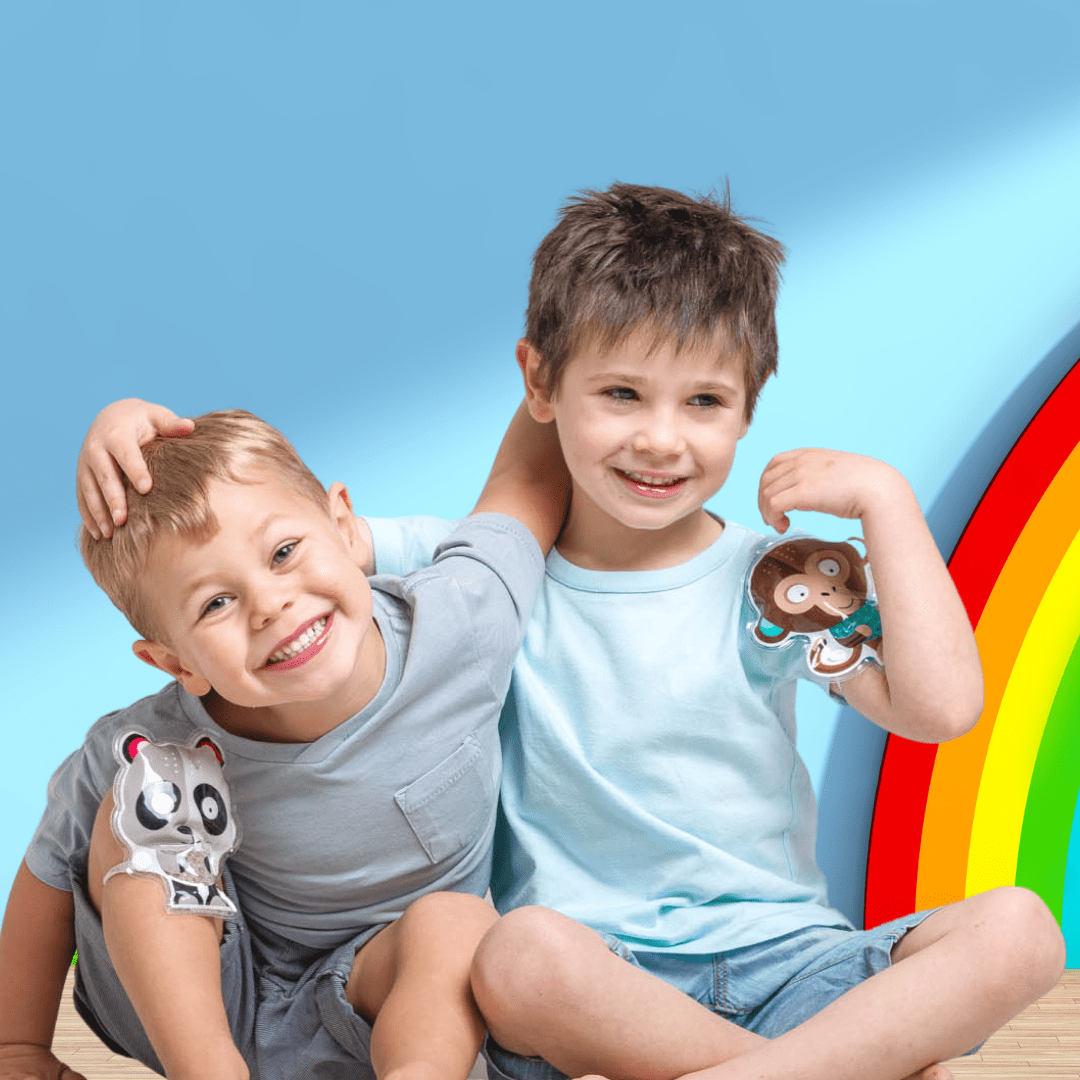
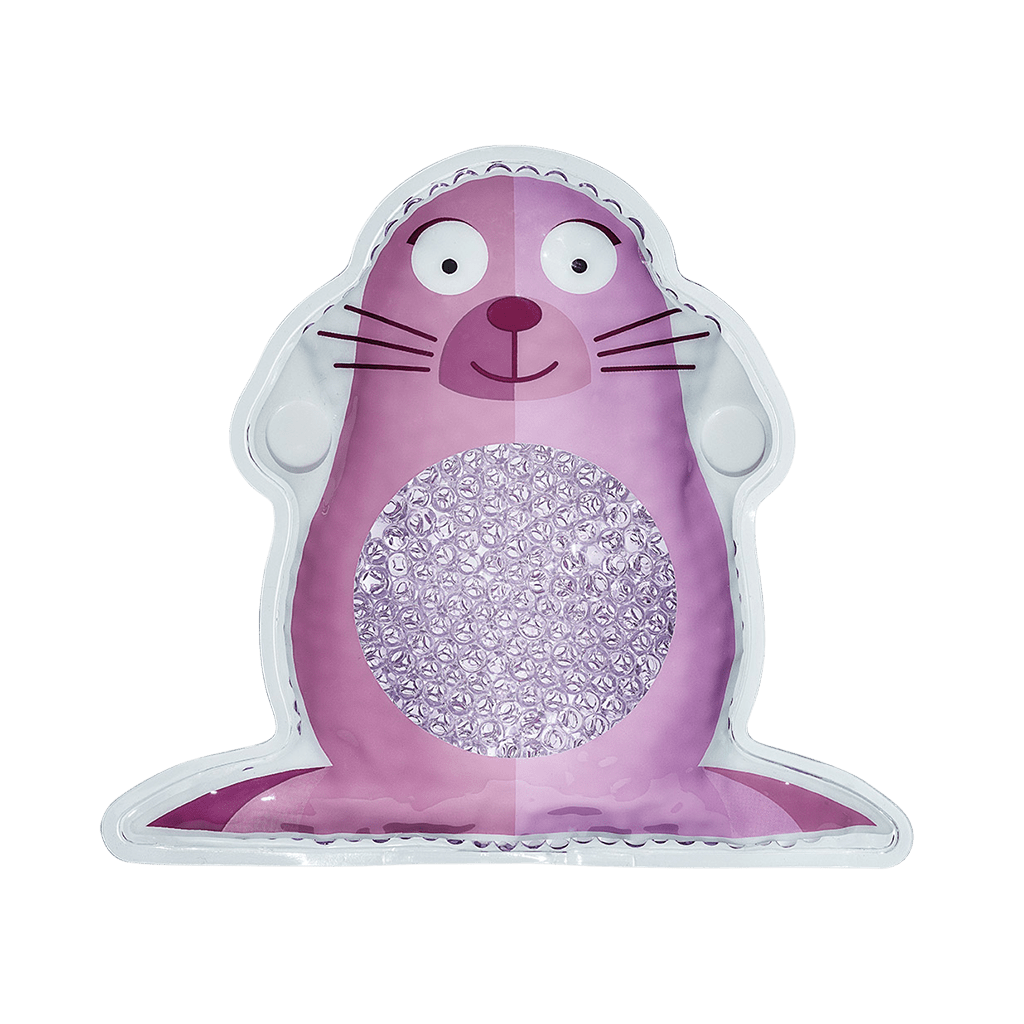
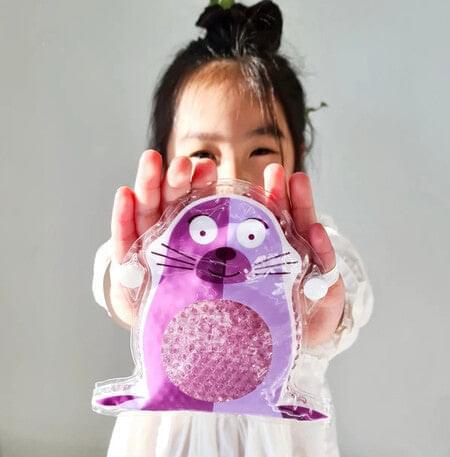
Leave a comment
All comments are moderated before being published.
This site is protected by reCAPTCHA and the Google Privacy Policy and Terms of Service apply.